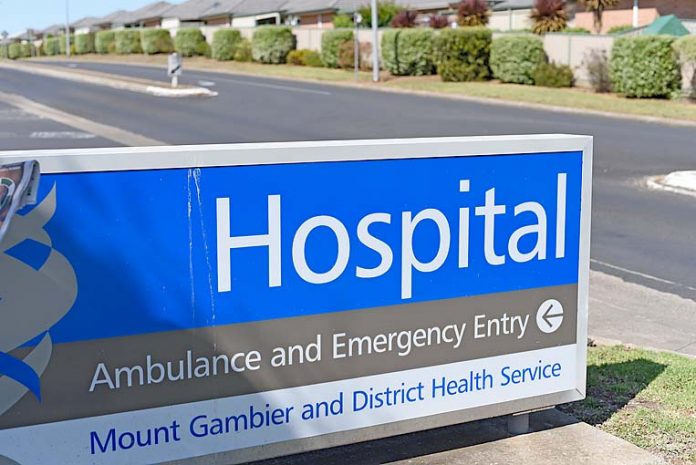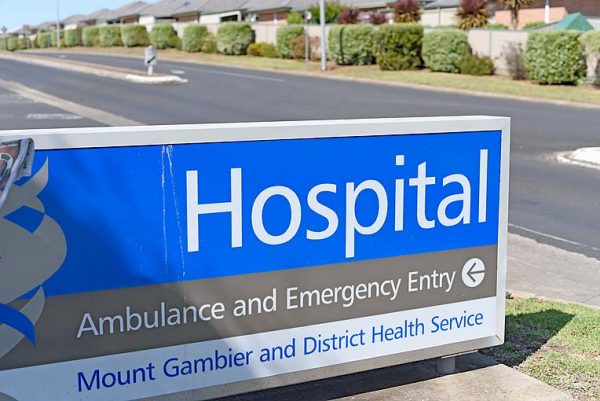

A MAJOR health report released today shows the Limestone Coast had one of the lowest rates in the country for gastroscopy and colonoscopy hospitalisations.
The health atlas – produced by the Australian Commission on Safety and Quality in Health Care – found wide disparities in the use of some health treatments and investigations.
The report warned this could potentially lead to adverse outcomes for the youngest members of the community, as well as older Australians.
According to the snapshot, the Limestone Coast had 682 hospitalisations for gastroscopy hospitalisations per 100,000 people.
In comparison, Burnside – which is an affluent suburb of Adelaide – had a staggering 1675 hospitalisations for 100,000 people.
This trend was also similar to cardiac stress testing where the highest rate in the state was Burnside, which recorded 3363 services per 100,000 population compared with 1184 in some country SA areas.
“While some variation in health care use by area is expected given the needs of different populations, wide variations can be a sign that some people are getting health care they do not need while others may be missing out on the healthcare they do need,” the commission’s clinical director Professor Anne Duggan said.
In particular the report highlighted the need to protect the nation’s youngest from adverse outcomes.
“We have known for some time planned caesarean sections before 39 weeks increase short-term risks for the baby, but emerging evidence also links early births to an increased risk of long-term developmental problems,” leading obstetrics and gynaecology Professor Jonathan Morris said.
He said these problems included poorer school performance and attention deficit hyperactivity disorder.
“If a woman has a healthy pregnancy and there is no clinical need for earlier delivery, waiting until approximately 39 weeks is best for the baby – this is in line with recommendations from the Royal Australian and New Zealand College of Obstetricians and Gynaecologists,” Professor Morris said.
“Clearly more needs to be done. In some locations as many as one in five planned births were before 37 weeks with no clear indication, significantly increasing the risk of adverse outcomes for those babies.”
Another area of concern is the overuse of antibiotics among Australian children, potentially putting many Australian children at risk of serious long-term adverse effects.
The very high rates of antibiotic dispensing in Australian children suggest antibiotics are frequently prescribed inappropriately – such as to treat viral infections where they have no benefit.
Research links antibiotic use to changes in a child’s normal gut bacteria and an increased risk of a number of conditions in later years, including asthma, Crohn’s disease and weight gain.
The atlas found high rates of antibiotic dispensing for children aged zero to nine years – equivalent to one antibiotic prescription annually for every child.
Rates were highest for children aged zero to four years.
Overall dispensing rates are triple those in some similar countries.
As with antibiotics, proton pump inhibitor (PPI) medicines can also adversely affect the gut bacteria.
These changes have been linked to increased risk of infections such as gastroenteritis and pneumonia and to food allergies
The report also found wide variations in two of the most common medical procedures performed in Australia – gastroscopy and colonoscopy.
Of concern, the atlas found a clear anomaly between cancer burden and use of investigations for gastrointestinal diseases in Australia.





